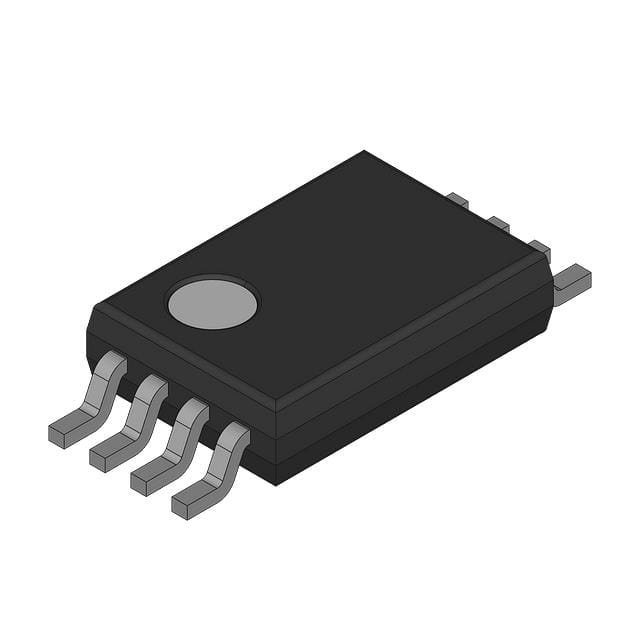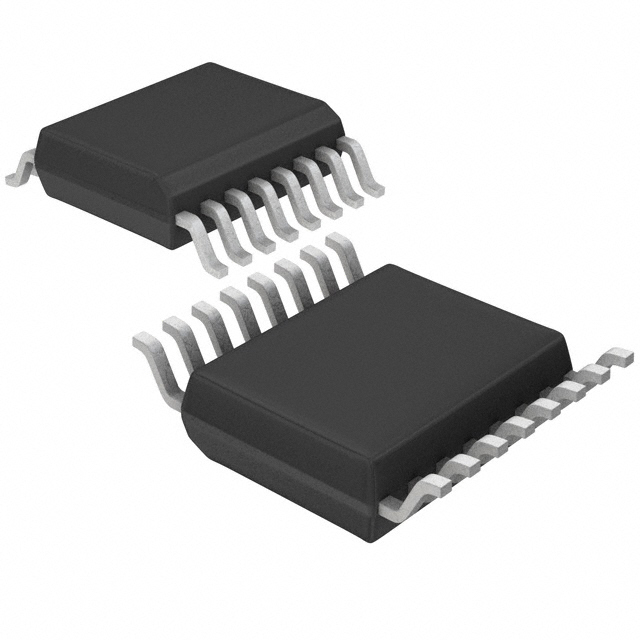MAX5427EUA+ Product Introduction:
Maxim Integrated Part Number MAX5427EUA+(Digital Potentiometers ICs), developed and manufactured by Maxim Integrated, distributed globally by Jinftry. We distribute various electronic components from world-renowned brands and provide one-stop services, making us a trusted global electronic component distributor.
MAX5427EUA+ is one of the part numbers distributed by Jinftry, and you can learn about its specifications/configurations, package/case, Datasheet, and other information here. Electronic components are affected by supply and demand, and prices fluctuate frequently. If you have a demand, please do not hesitate to send us an RFQ or email us immediately sales@jinftry.com Please inquire about the real-time unit price, Data Code, Lead time, payment terms, and any other information you would like to know. We will do our best to provide you with a quotation and reply as soon as possible.
Introducing the Maxim Integrated MAX5427EUA+, a versatile and high-performance digital-to-analog converter (DAC) that is designed to meet the demanding requirements of various applications. With its exceptional features and capabilities, this DAC is set to revolutionize the way you convert digital signals into analog outputs.
The MAX5427EUA+ boasts a 16-bit resolution, ensuring precise and accurate conversion of digital data. It operates on a single 2.7V to 5.5V power supply, making it suitable for a wide range of applications. Additionally, it offers a low power consumption of only 0.5mA, making it an energy-efficient choice.
This DAC also features a fast settling time of 10µs, enabling rapid response and reducing latency in time-critical applications. It supports both serial and parallel interface modes, providing flexibility in system integration. Furthermore, it offers a wide output voltage range of 0V to VREF, allowing for versatile analog output options.
The MAX5427EUA+ finds its application in various fields, including industrial automation, audio equipment, instrumentation, and communication systems. It can be used to generate precise analog signals for control systems, audio amplifiers, and signal conditioning circuits. Its compact size and robust design make it suitable for both portable and fixed installations.
In conclusion, the Maxim Integrated MAX5427EUA+ is a cutting-edge DAC that offers exceptional performance, versatility, and energy efficiency. With its wide range of features and application fields, it is the perfect choice for any project that requires accurate and reliable digital-to-analog conversion.
Digital Potentiometers ICs are a new type of CMOS digital and analog mixed signal processing integrated circuit that replaces the traditional mechanical potentiometer (analog potentiometer). It is usually composed of multiple fixed resistors and a movable contact. Its working principle is to control the position of the potentiometer through digital signals, thereby changing the resistance value in the circuit. Digital Potentiometers ICs have the advantages of high precision, good stability, and fast response speed. Before using a digital potentiometer, please select the appropriate potentiometer model and specifications.
Application
Digital Potentiometers ICs are powerful, flexible and promising electronic components that are rapidly promoted at home and abroad. They are widely used in various electronic devices, such as audio equipment, instrumentation, computers and communication equipment, household appliances, health care products, industrial control and other fields.
FAQ about Digital Potentiometers ICs
-
1. What is the value of a digital potentiometer?
The value of a digital potentiometer depends on its wiper position and bit value. The value of a digital potentiometer is usually determined by its tap position. The more taps, the higher the resolution and the finer the value change. For example, an 8-bit digital potentiometer has 256 taps, while a 5-bit digital potentiometer has 32 taps.
The value of a digital potentiometer can be changed by programming its tap position. For example, when the potentiometer is coded in the middle position, the upper and lower resistance values are equal; at the full scale position, the upper resistance is 0 and the lower resistance is the maximum value; at the 0 position, the lower resistance is 0 and the upper resistance is the maximum value. Specifically, the value range and accuracy of a digital potentiometer depend on its design and bit value. For example, an 8-bit digital potentiometer can provide 256 different resistance values, while a 5-bit digital potentiometer provides 32 different resistance values.
-
2. What are the components of a digital potentiometer?
A digital potentiometer mainly consists of two parts: a voltage divider and a controller.
The voltage divider consists of a series of resistor elements that divide the input voltage according to a certain ratio. Each resistor element is connected to the input pin of the controller. The controller is responsible for reading the control signal and opening or closing the corresponding switch according to the level of the signal, thereby changing the total resistance.
-
3. What is the difference between potentiometers and digital potentiometers?
The main difference between potentiometers and digital potentiometers is their working principle, structure and application scenarios.
Potentiometer is a traditional electronic component that adjusts the resistance value mechanically. Potentiometers usually consist of a resistor and a movable brush. When the brush moves on the resistor, the resistance value can be changed, thereby adjusting the current or voltage in the circuit. The structure of the potentiometer is relatively simple. It mainly consists of a resistor and a rotating or sliding system. The resistance value is changed by manually adjusting the shaft or slider.
Digital potentiometer is a programmable electronic component that controls the resistance value through digital signals. It consists of a register unit and a digital isolator. The digital isolator can be a matrix, tree or serial type. Digital potentiometers do not require mechanical contacts and control the resistance value through a microprocessor and digital signals. They have high precision and flexibility. Digital potentiometers are more accurate and reliable when adjusting circuit parameters and are not easily affected by wear or environment.
 Lead free / RoHS Compliant
Lead free / RoHS Compliant





























